The member countries of the BRICS group of leading emerging economies are making great progress on the path towards de-dollarization thanks to this “weapon” of the technological revolution.
 |
| Russia has a 'blockbuster' that challenges the West's global payment system. (Source: mapamundi) |
The BRICS Bridge digital payment system “will be a blockbuster challenge to the Western-dominated global payment system,” said the Chairwoman of the Russian Federation Council (Upper House) Valentina Matviyenko recently.
No need for US dollars
Ms Matviyenko – known as the top female politician in Russia – said the world's leading emerging economies have made significant progress on the independent digital payments platform BRICS Bridge, as part of efforts to revolutionize global financial transactions.
At a press conference in early August, Valentina Matviyenko said that “the creation of an independent financial payment system “BRICS Bridge” on a solid common platform is currently being discussed in BRICS. I have spoken with both the Central Bank and the Ministry of Finance, everything is going well. This issue is being discussed with colleagues from the central banks and ministries of finance of all BRICS countries, including the new member states”.
At the BRICS Summit held in Johannesburg in 2023, six new countries including Argentina, Egypt, Ethiopia, Iran, Saudi Arabia and the United Arab Emirates (UAE) were added to the bloc (originally including Russia, China, Brazil, India, South Africa), showing the growing influence of this economic group on the world stage.
The Russian Federation Council Chairman added that Moscow, as the BRICS 2024 chair, is one of the main drivers behind the development of the BRICS Bridge. “If successful, it will certainly be a blockbuster in the global payment system, in the best sense of the word.”
Affirming that the BRICS Bridge independent digital payment platform is “no longer just an idea, but in practice it is progressing well,” Matviyenko added that the next steps of the BRICS Bridge could be considered at the BRICS Summit in Kazan, in October. “It is possible that it will be approved by the group members right away, or at least the discussions will determine the official date and the final “look” of the BRICS Bridge,” she said.
The need to create an intra-BRICS payment system has become important for Russia and its trading partners, in the context of years of old sanctions and the continuous addition of new sanctions by the West, including Russia's official disconnection from SWIFT (the international interbank payment system).
The Bank of Russia has developed its own payment system and many other economies have joined the process, Ms. Matviyenko said. “This shows that there is light at the end of every tunnel.”
One of the biggest developments on this BRICS front came this past July, when India and Russia announced a new partnership under which their respective payment systems – India’s RuPay and Russia’s MIR – would be integrated to enable seamless cross-border transactions without the need for the US dollar.
Chairman of the Russian Federation Council Matviyenko also took the opportunity to point out that the position of the US dollar has declined in recent years, amid the constant increase in US national debt and the increasing number of economies choosing to conduct joint transactions in their national currencies.
Of course, not in the near future.
“I hope that the system created by BRICS will become a trend – an international payment platform that will be joined not only by BRICS countries, but also by many other economies in the future,” Matviyenko said, noting that the issue of developing a payment platform is also being discussed by the Shanghai Cooperation Organization (SCO).
As for BRICS Bridge, an independent payment system powered by digital currencies and blockchain – first revealed in February, when the Russian Finance Ministry announced that the Bank of Russia, along with several BRICS partners, were working together to create the BRICS Bridge multilateral payments platform, as part of efforts to improve the global monetary system – it underscores the need for a BRICS alternative to the SWIFT payment system to reduce dependence on Western institutions and simplify non-dollar transactions.
“By the end of this year, the Russian Ministry of Finance and the Central Bank of Russia, together with partners in the group, will draft a report to the leaders of the BRICS countries on improving the international monetary and financial system, which will include a set of initiatives and recommendations,” the Russian Ministry of Finance said.
Accordingly, stemming from the fact that in order to improve the payment system, the BRICS Bridge platform is one of the proposed initiatives. The main goal is to create a multi-media digital payment platform, which will help bring the financial markets of BRICS member countries closer together and increase trade turnover within the bloc.
According to the Russian Ministry of Finance, the gradual integration of the new BRICS member states into the activities of financial funds and the strengthening of cooperation at the expert level are considered one of the key tasks for 2024.
As Kremlin aide Yury Ushakov said in March about the bloc's plans, he called the development of the BRICS payment system a “Backstop Agreement” and said that “the creation of an independent BRICS payment system is an important goal for the future, based on advanced tools such as digital technologies and blockchain.”
“The most important thing is that this system is convenient for the government, citizens and businesses, as well as cost-effective and not related to politics,” Mr. Ushakov said.
“In the Johannesburg Declaration 2023, BRICS leaders identified the need for members to increase payments in national currencies and strengthen correspondent banking networks to ensure international transactions. The next step is primarily related to the use of currencies other than the US dollar,” Yury Ushakov noted.
In July, on the sidelines of the 12th World Peace Forum in Beijing (China), Russian Ambassador to China Igor Morgulov said that the volume of Russia's transactions in national currencies with BRICS countries is constantly increasing. Of which, the trade turnover between Russia and China has reached 240 billion USD and 92% of payment transactions are made in Rubles and Yuan.
“We are leaving the space dominated by the dollar and developing mechanisms and tools for a truly independent financial system,” RIA Novosti quoted Ambassador Morgulov as saying.
Emphasizing that BRICS is moving towards establishing a common currency, however, Ambassador Morgulov frankly shared that the creation of a BRICS common currency is an inevitable trend, but changes should not be expected in the near future.








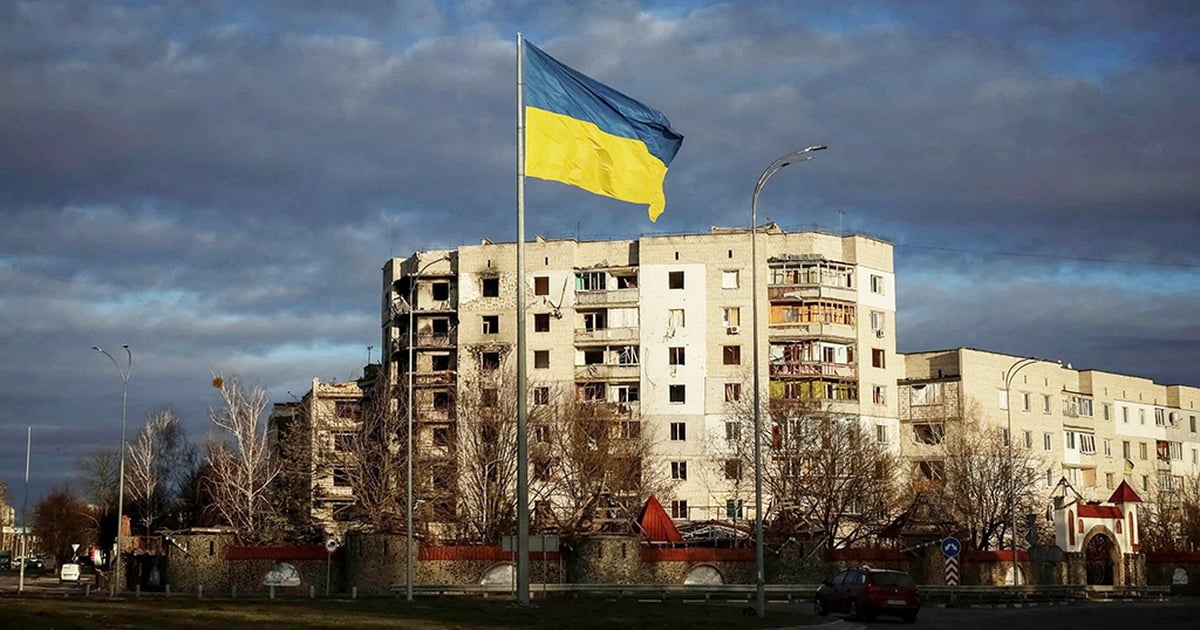

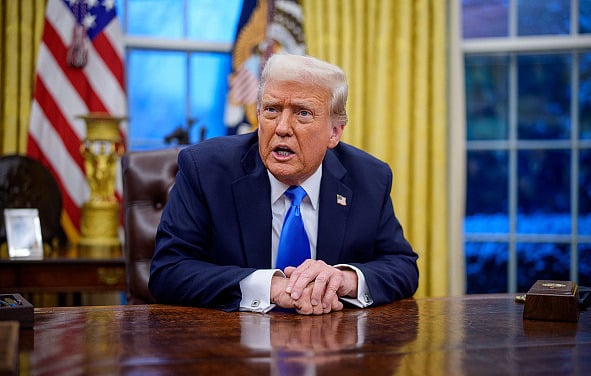




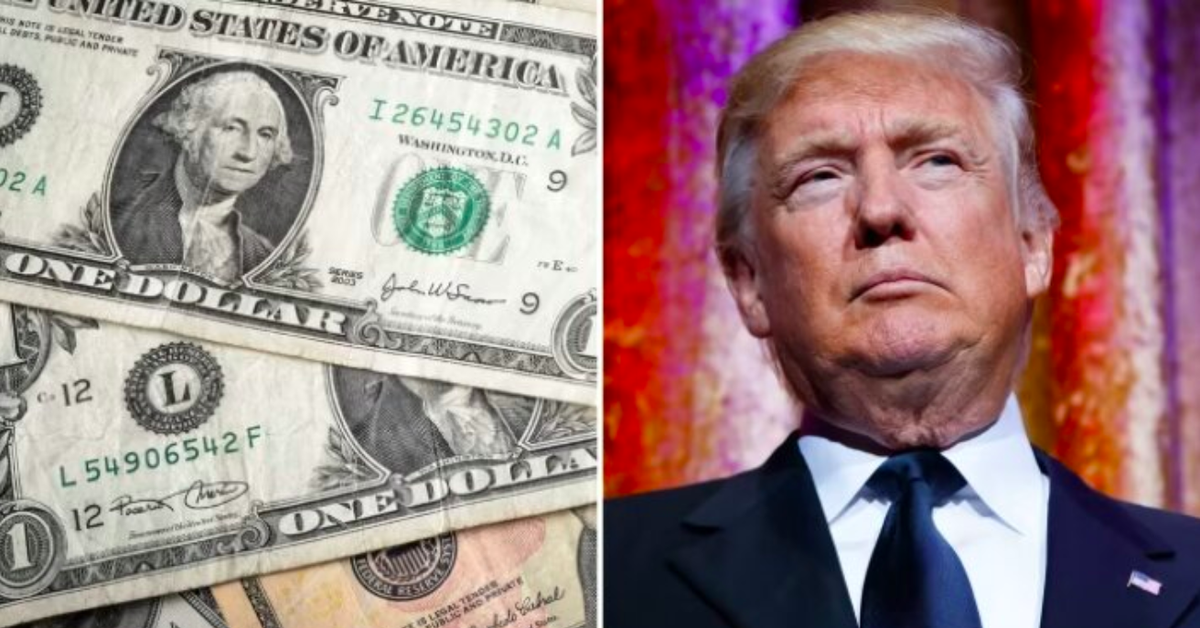

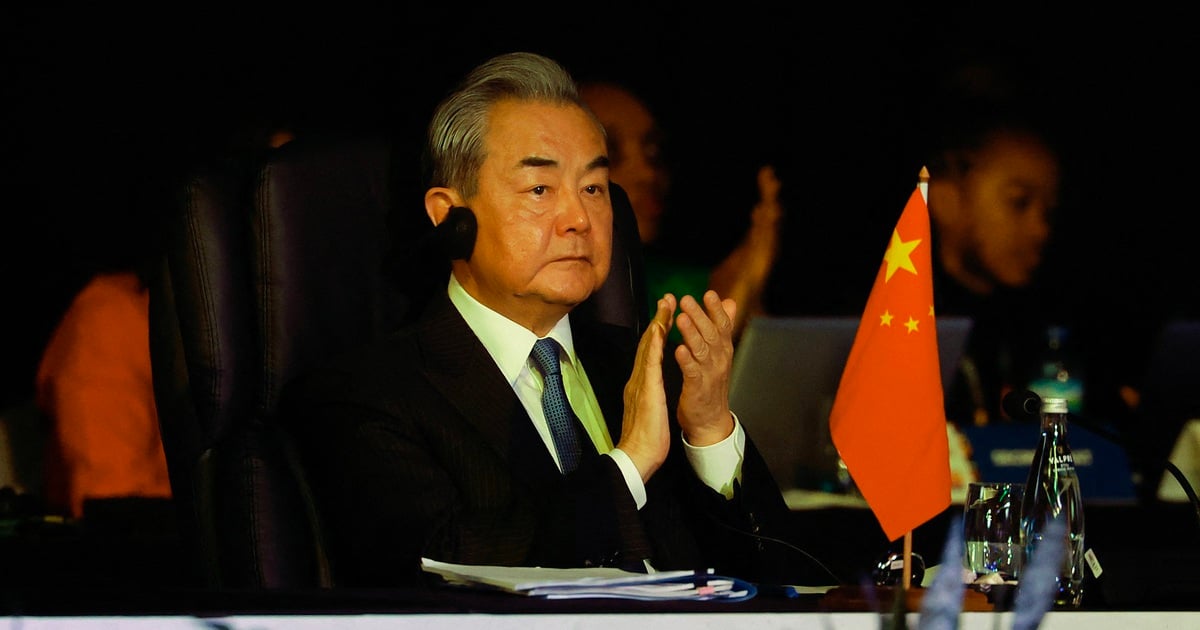



















![[Photo] Prime Minister Pham Minh Chinh chairs Government Conference with localities on economic growth](https://vstatic.vietnam.vn/vietnam/resource/IMAGE/2025/2/21/f34583484f2643a2a2b72168a0d64baa)



























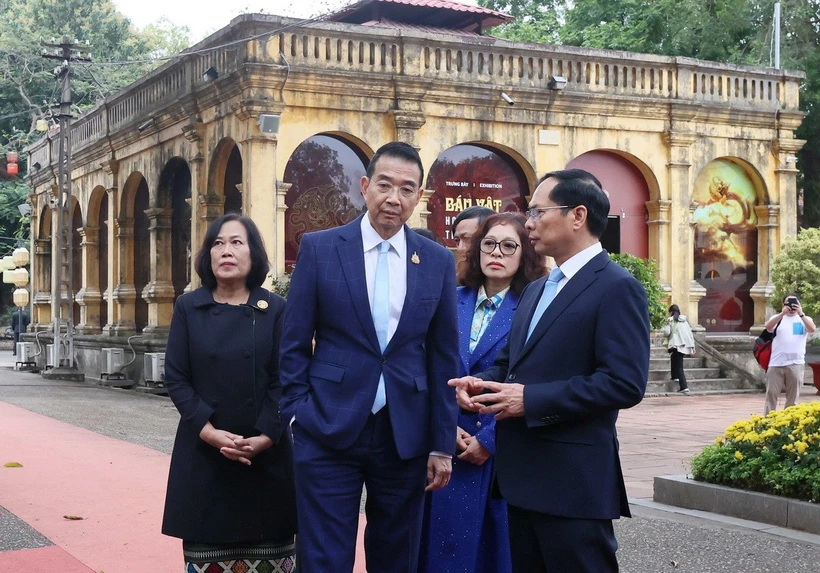






















Comment (0)